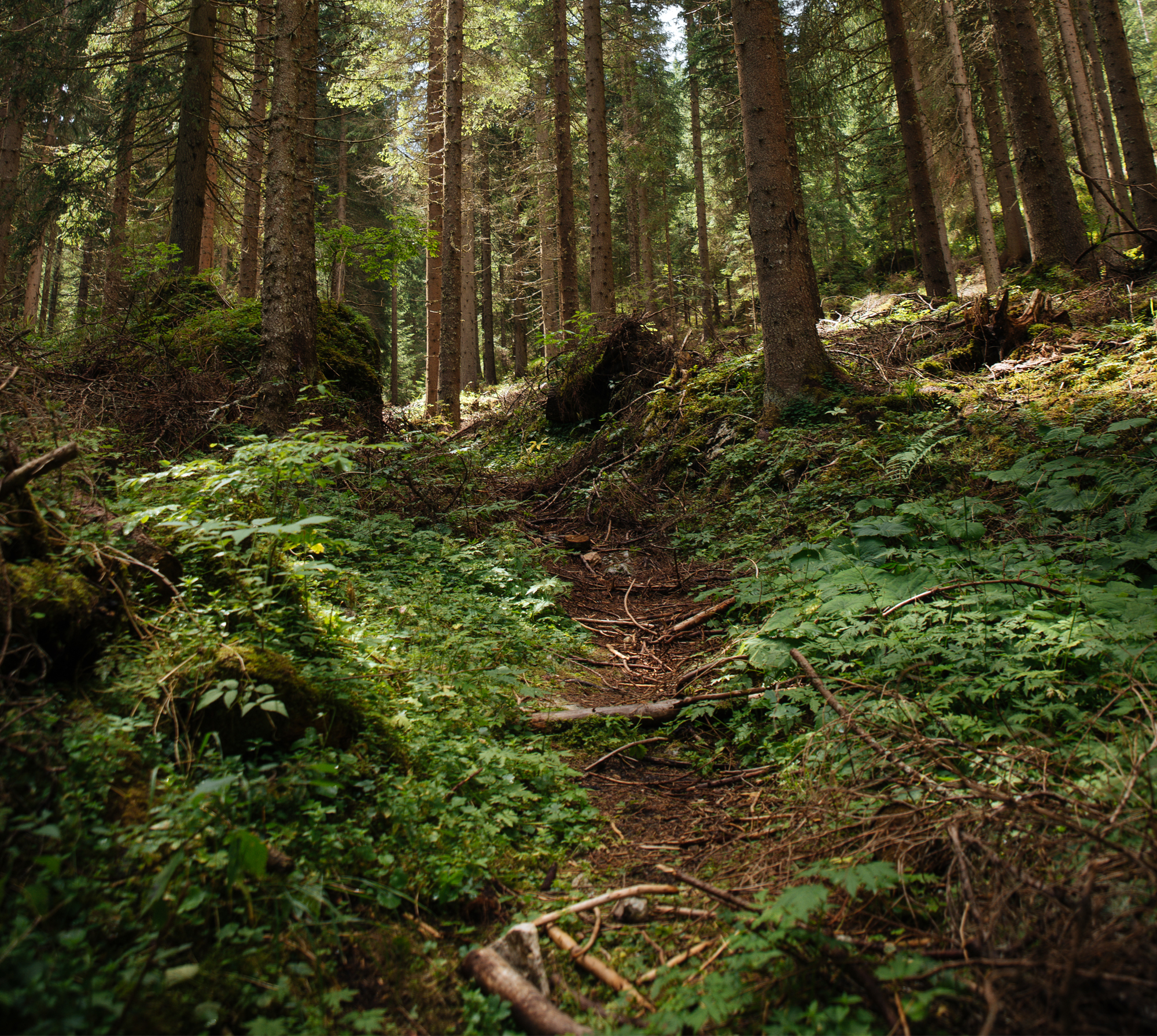
Fluorescencja chlorofilu igieł klonów jodłowych (Abies alba Mill.) w archiwach genetycznych zlokalizowanych na różnych wysokościach nad poziomem morza w Karkonoskim Parku Narodowym
Chlorophyll fluorescence of silver fir (Abies alba Mill.) clone needles in genetic archives located at different altitudes in the Karkonosze National Park
Autorzy
-
Marzena Niemczyk
Instytut Badawczy Leśnictwa, Zakład Hodowli Lasu i Genetyki Drzew Leśnych, ul. Braci Leśnej 3, Sękocin Stary, 05–090 Raszyn
Tel. + 48 22 71 50 681, e-mail: M.Niemczyk@ibles.waw.pl
Abstrakt
Chlorophyll fluorescence was measured in the needles of three-year-old fir clones using the saturation pulse method. The genetic material used in the research was collected from fir clone of autochthonous populations in the Karkonosze National Park. The fir clones were grown in three genetic archives located at different elevations (in the Przełęcz Protection Zone at 641–732 m a.s.l., Śnieżka Protection Zone at 700–767.5 m a.s.l. and Szrenica Protection Zone at 800–861.5 m a.s.l.). The total photosynthetic yield expressed by the maximal quantum yield of photosystem II (PSII) was high in all tested clones, however fir needles from the genetic archive located at the highest elevation in the Szrenica Protection Zone revealed a significantly lower quantum yield of photosystem II measured in light and lower photosynthetic electron transport rate (ETR). Also they showed higher non-photochemical quenching of fluorescence (NPQ). The research results proved that the clones from the genetic archive located above 800 m a.s.l. had no optimal growth and development conditions on account of the reduced photosynthetic yield caused by the photoinhibitory stress.
Słowa kluczowe
| DOI | |
|---|---|
| Source | |
| Print ISSN | |
| Online ISSN |
|
| Type of article |
|
| Original title |
|
| Publisher | |
| Date | |

